Everyone knows the usual suspects when it comes to reliable classics—your Beetles, your Corollas, maybe an old Land Cruiser if you’re lucky. But there’s a whole undercurrent of machines that didn’t make headlines, yet quietly earned their reputation the hard way: by showing up, starting cold, and outliving expectations.
This list isn’t about hype or resale value—it’s about cars that didn’t ask for attention but earned respect. These ten vintage rides may not get much press, but they’ve proven over time that staying power doesn’t always wear a badge with fanfare.
1965 Volvo Amazon 122S

The Volvo Amazon 122S was built like it had something to prove. Introduced in the mid-1950s and produced into the late ’60s, the Amazon didn’t scream for attention—but it consistently delivered solid performance and long-term reliability. The 122S variant came with a 1.8L or 2.0L inline-four that could take a beating without flinching.
Production topped 667,000 units, many of which are still quietly chugging along. Rustproofing was ahead of its time, and the car’s simple mechanicals make maintenance straightforward. It’s not flashy, but the Amazon earned its keep.
1972 Toyota Crown MS65

The Crown wasn’t Toyota’s most exciting nameplate, but it set the tone for Japanese durability. The MS65 was a full-size sedan aimed more at comfort than speed, powered by a 2.6L inline-six paired with either a 3-speed automatic or 4-speed manual.
It wasn’t a volume seller in the U.S., but the Crown’s reputation in Japan and other global markets was rooted in its low-maintenance engine and overbuilt drivetrain. This one’s a sleeper in the reliability department, perfect for anyone who values function over flash.
1964 Studebaker Commander
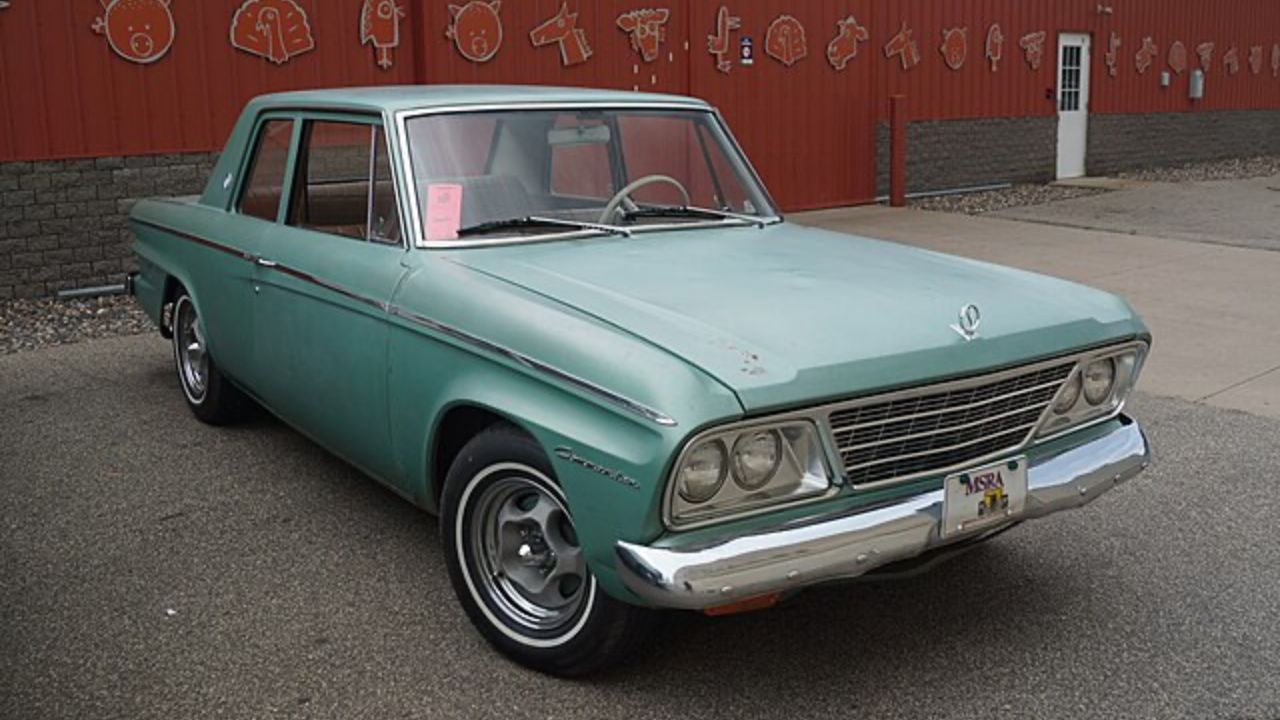
You don’t hear much about Studebakers these days, but the 1964 Commander was one of the last solid efforts before the company folded. Built on a lightweight frame with simple, proven V8 power, the Commander wasn’t fancy—it just worked.
The 259-cubic-inch V8 was reliable and easy to wrench on, and the car’s basic layout meant fewer things to go wrong. Studebaker built over 18,000 units that year before shutting down U.S. production in ’66, but a good number of these sedans kept running for decades after.
1971 Datsun 510

Before the 240Z stole the spotlight, the Datsun 510 was quietly showing the world that Japanese engineering was the real deal. Often referred to as the “poor man’s BMW,” it offered sharp handling and a tough little 1.6L engine with a simple overhead cam design.
Over 500,000 units were produced globally, and the car developed a cult following. The 510’s sturdy L-series engine and rock-solid transmission made it a favorite among tuners and weekend racers alike. It wasn’t glamorous, but it kept running.
1960 Rambler American
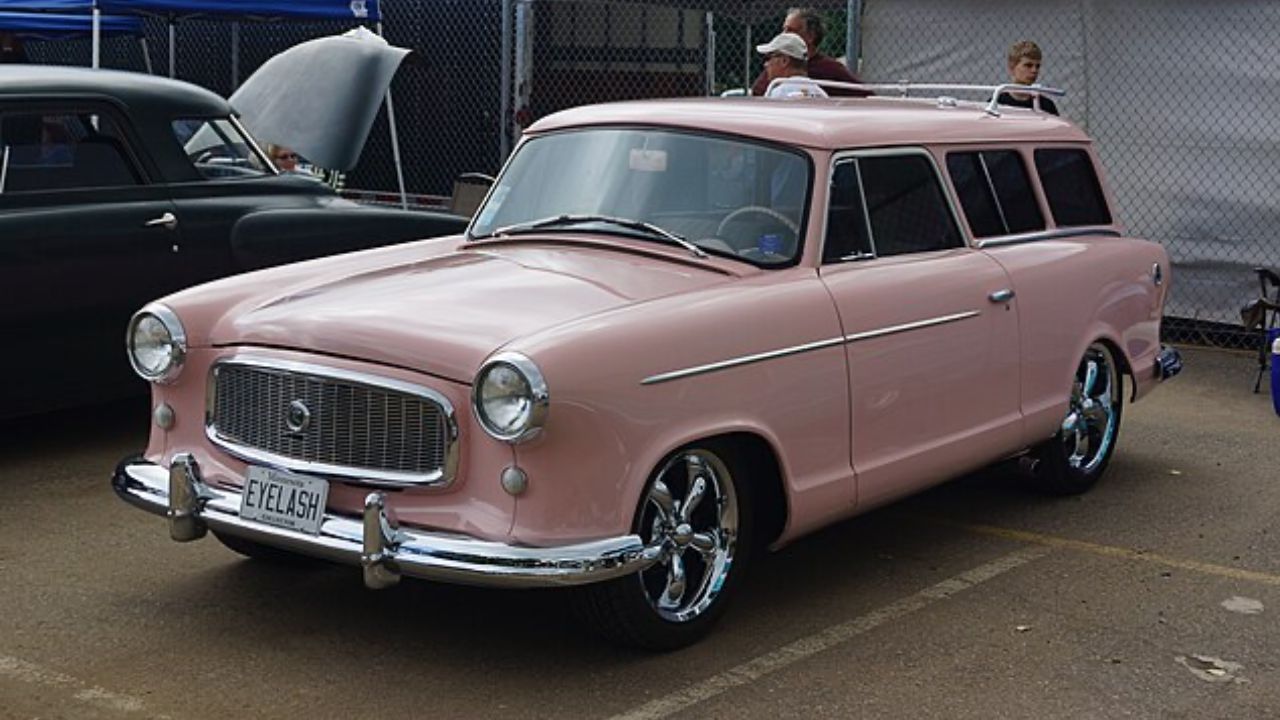
The Rambler American had no pretensions. It was a barebones, blue-collar car that got the job done. AMC gave it a 195.6-cubic-inch straight-six that ran cool and could log serious miles if you kept up with the basics.
Built during a time when reliability wasn’t a given, the Rambler stood out for how little it asked of its owners. No fancy trim or futuristic styling—just dependable, honest transportation. With production numbers nearing 370,000 over its early run, it earned its place.
1974 Peugeot 504

The Peugeot 504 may not scream “classic,” but it’s one of the toughest European cars ever made. Known for surviving brutal road conditions in Africa and South America, the 504 packed a 2.0L inline-four and a reputation for outlasting the road itself.
Its rear-wheel-drive platform, long-travel suspension, and steel body gave it both comfort and resilience. Peugeot produced over 3 million units, and it remained in production in some regions well into the 2000s. Quietly, it became one of the most reliable global workhorses of its era.
1973 Opel Manta A
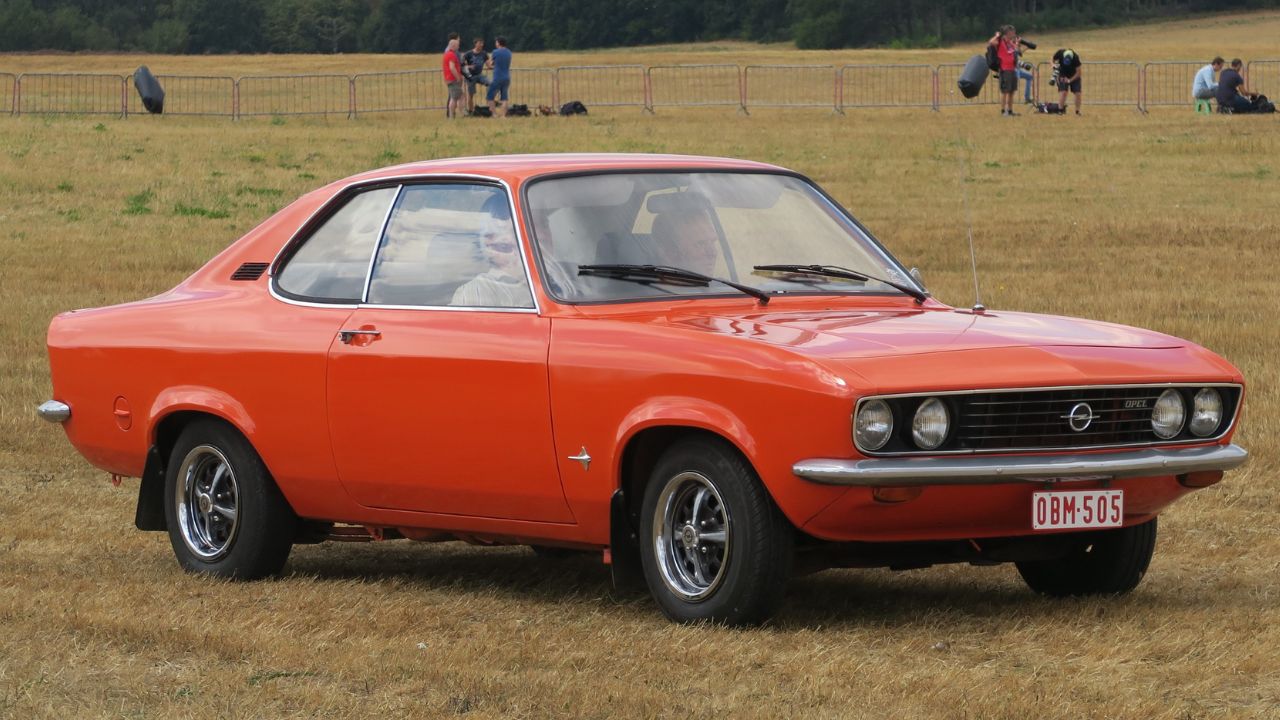
The first-gen Opel Manta looked like a mini muscle car, but underneath, it was a lightweight, efficient coupe that didn’t break. Offered with small-displacement four-cylinders like the 1.9L CIH engine, the Manta kept things simple under the hood.
Its German build quality and straightforward engineering meant it stayed out of the shop and on the road. The Manta was a quiet hit in Europe, and even U.S. versions gained a reputation for longevity—if you could keep the body from rusting out first.
1978 Honda Accord CVCC
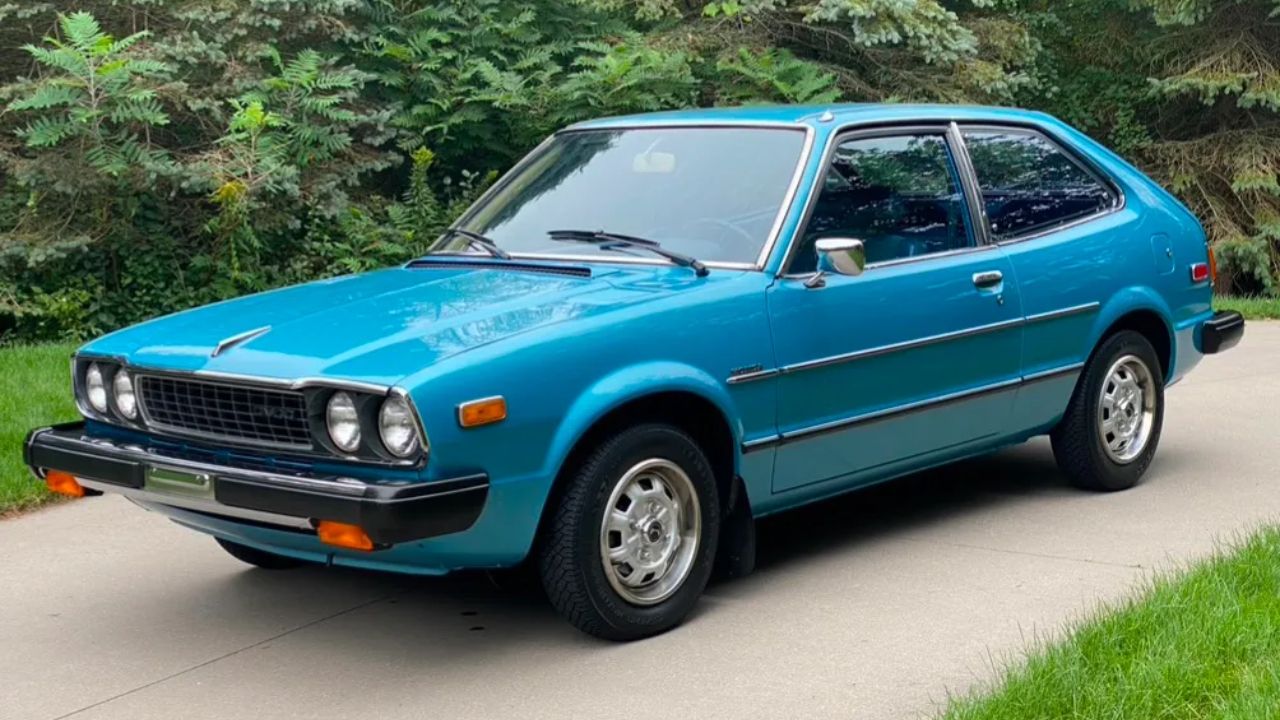
Honda’s first-gen Accord wasn’t built to impress—it was built to work. The 1.6L CVCC engine met emissions without needing a catalytic converter, and it ran like a sewing machine. It was smooth, fuel-efficient, and astonishingly dependable for its time.
It marked Honda’s transition into a serious global player. Despite its humble specs—68 hp and a four-speed manual—the Accord became a go-to for buyers sick of high-maintenance Detroit iron. The early ones are hard to find today, but those that remain still run circles around cars twice as new.
1966 Mercedes-Benz 200D (W110)
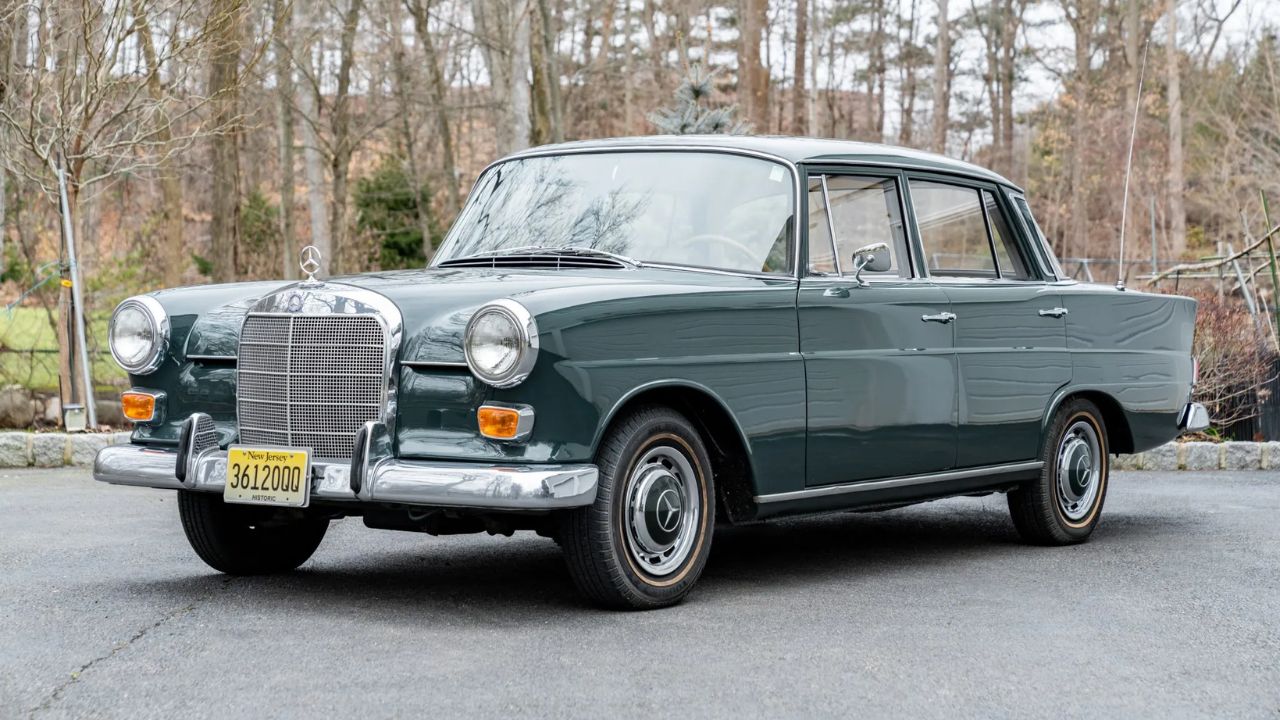
Diesel isn’t sexy, but the 200D was built to keep moving. The W110 “Fintail” series featured a 2.0L diesel four-cylinder that produced a modest 55 hp, but it was designed to run until the wheels fell off—and then keep going.
Mercedes built these sedans like tanks, and cab drivers around the world racked up half a million miles without complaint. The 200D wasn’t quick, but it was unkillable. In some parts of the world, these things are still working cars. That says more than any ad ever could.
1970 Plymouth Valiant

Before Mopar went all in on muscle cars, it made the Valiant—a sensible compact with one of the most reliable engines of all time: the Slant-Six. Offered in 170, 198, and 225 cubic inches, this engine ran forever with barely any maintenance.
The Valiant didn’t get the attention of the Charger or Barracuda, but it stayed on the road longer. It was simple, sturdy, and had just enough personality to make it more than a throwaway compact. When it came to bang-for-the-buck dependability, the Valiant delivered.
Like Fast Lane Only’s content? Be sure to follow us.
Here’s more from us:


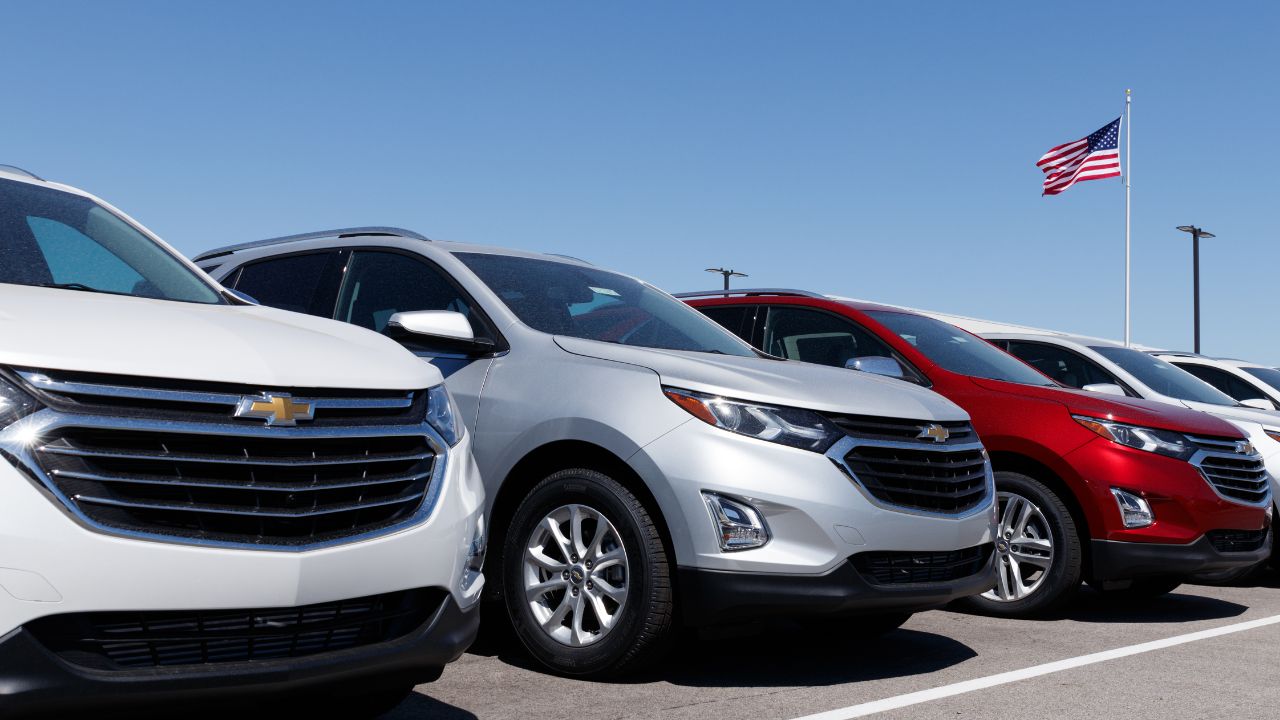

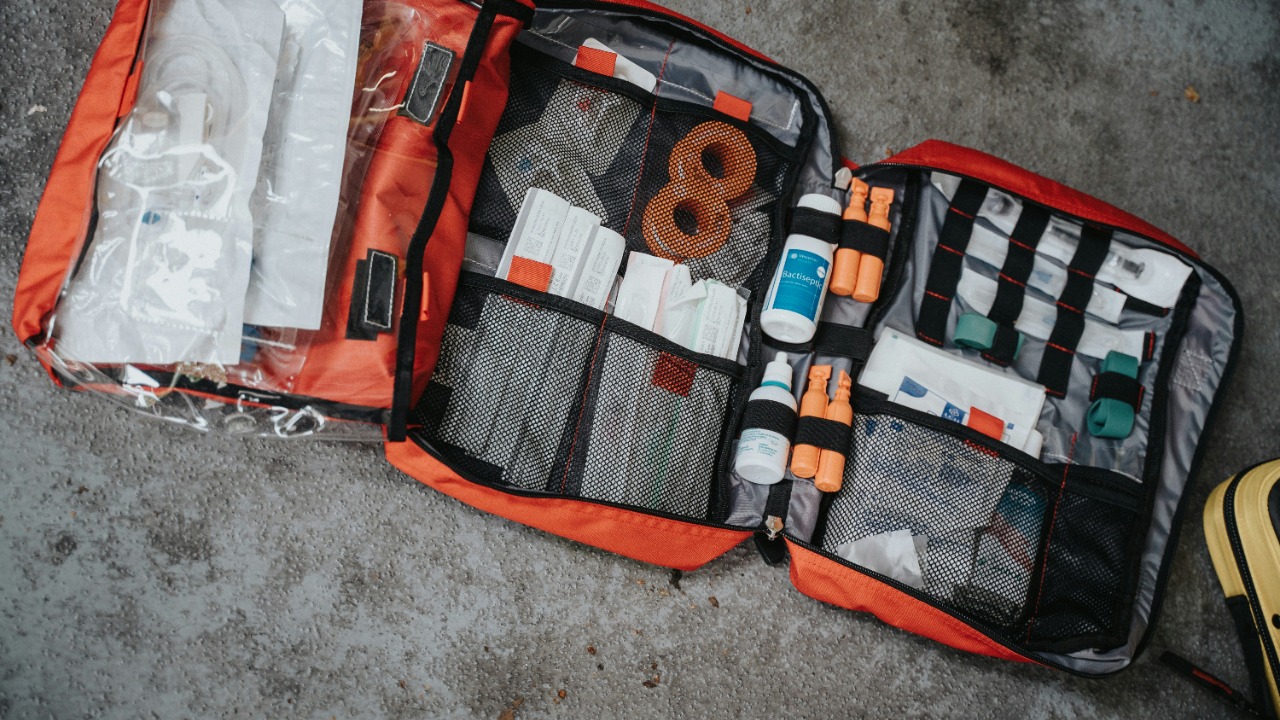

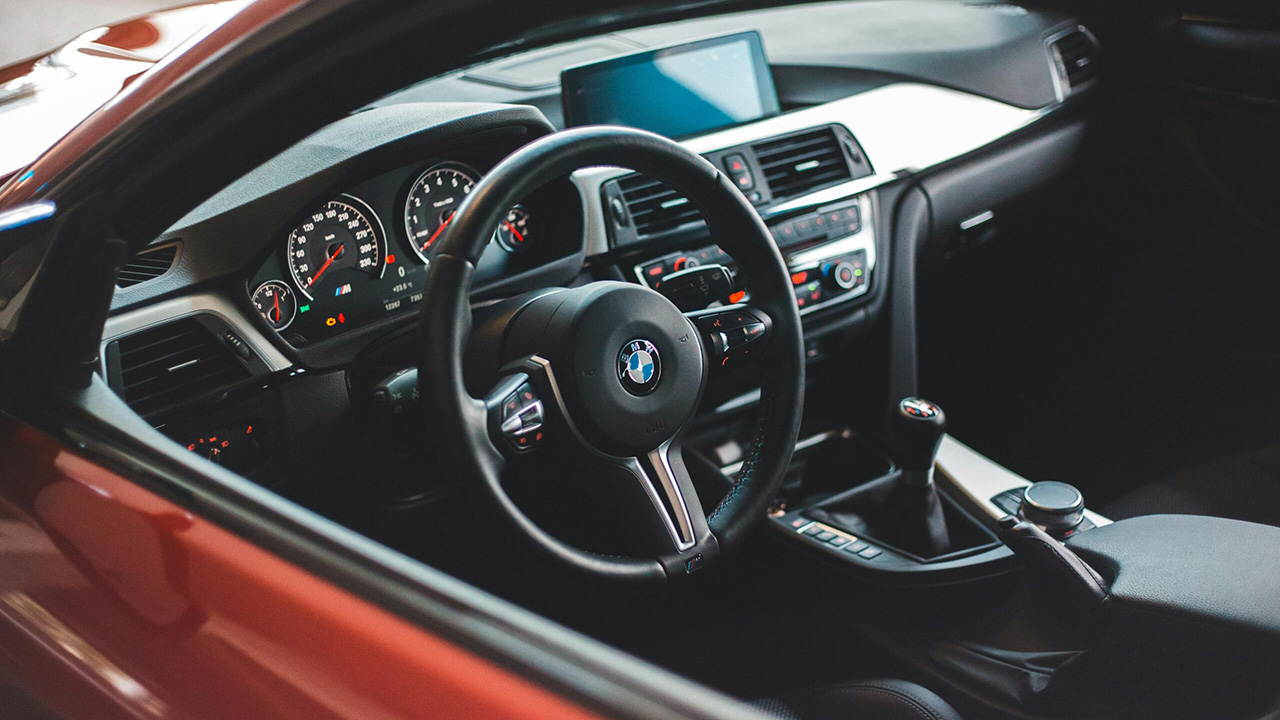
Leave a Reply